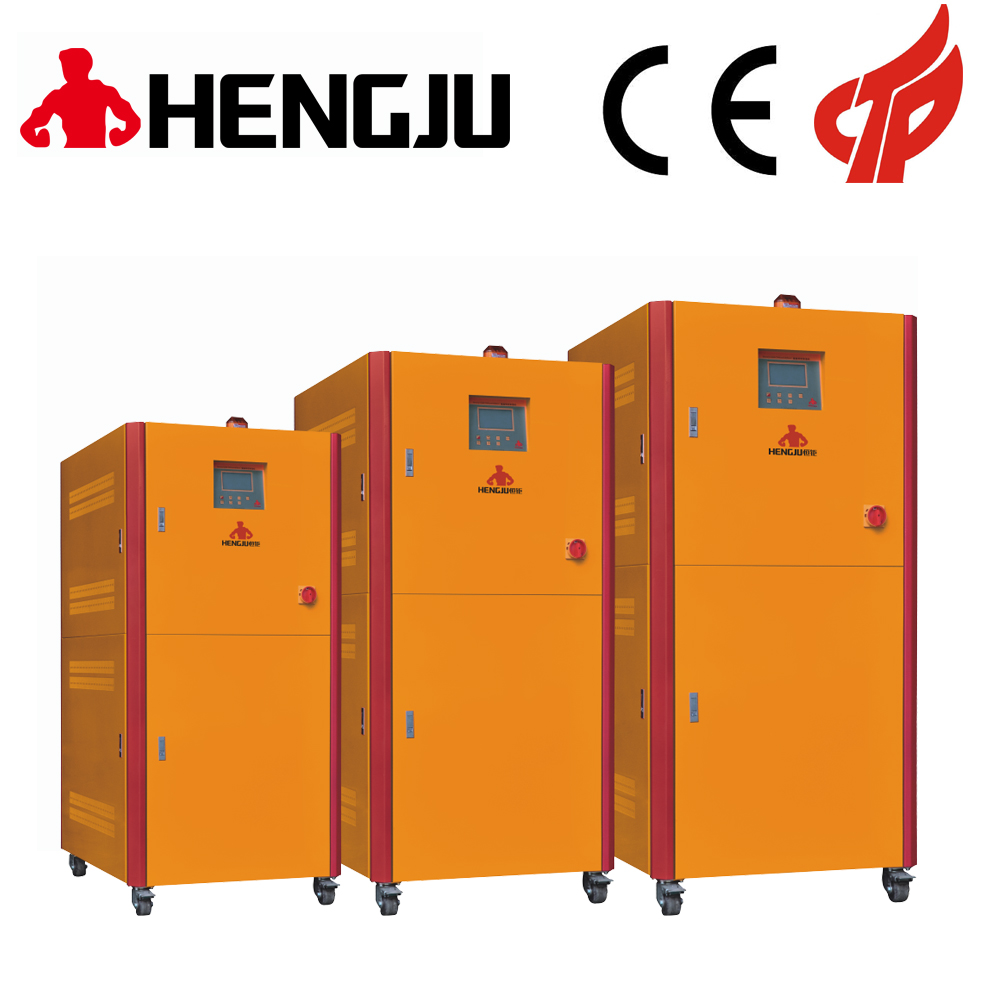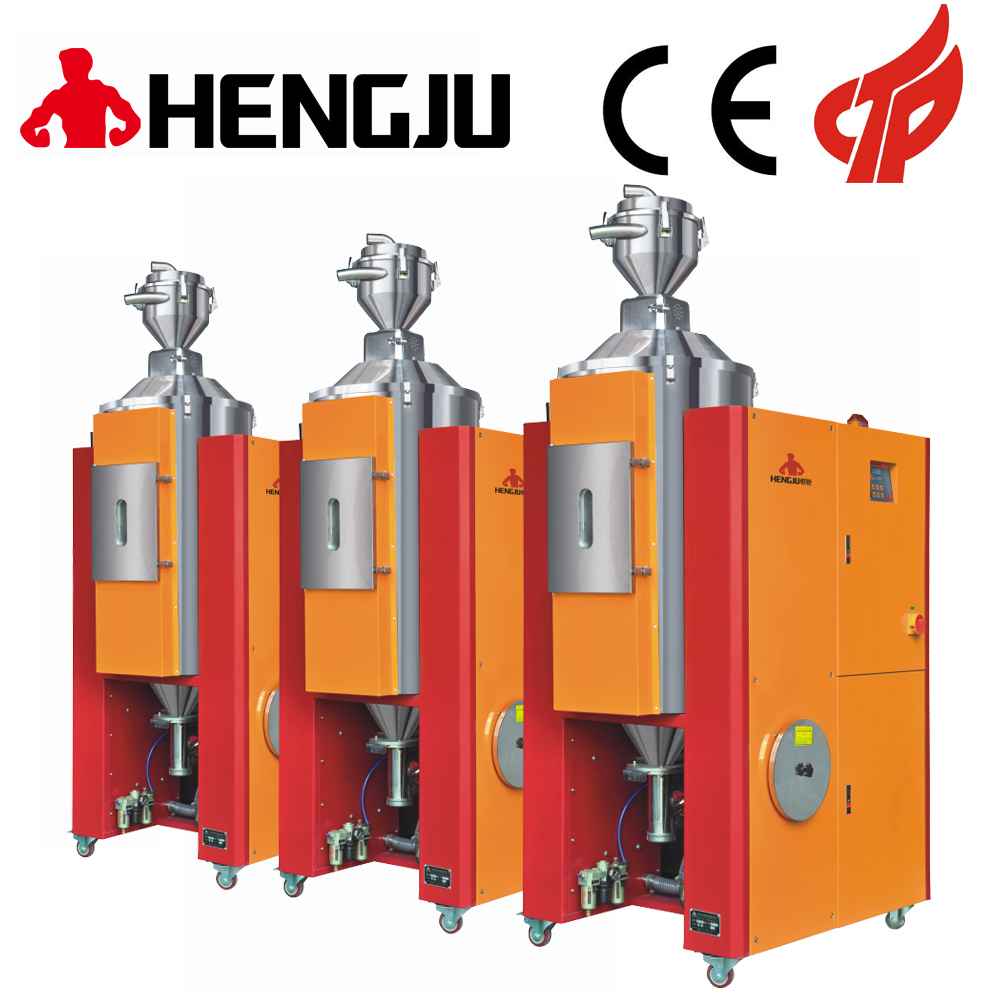
The refrigeration system of the plastic dryer freeze dryer is a compression refrigeration, which is composed of four basic components such as a refrigeration compressor, a condenser, an evaporator, and an expansion valve. They are connected in sequence with pipes to form a closed system. The refrigerant circulates continuously in the system. The plastic dryer changes state and exchanges heat with compressed air and cooling medium. Compressed air dryers also have adsorption dryers and dissolution dryers.

The plastic dryer is throttled by an expansion valve into a low-temperature and low-pressure liquid and enters the evaporator; the low-temperature and low-pressure refrigerant liquid in the evaporator absorbs the heat of compressed air and vaporizes (commonly known as "evaporation"), and the compressed air is cooled A large amount of liquid water is condensed; the refrigerant vapor in the evaporator is sucked away by the compressor, so that the refrigerant passes through the four processes of compression, condensation, throttling, and evaporation in the system, thus completing a cycle.